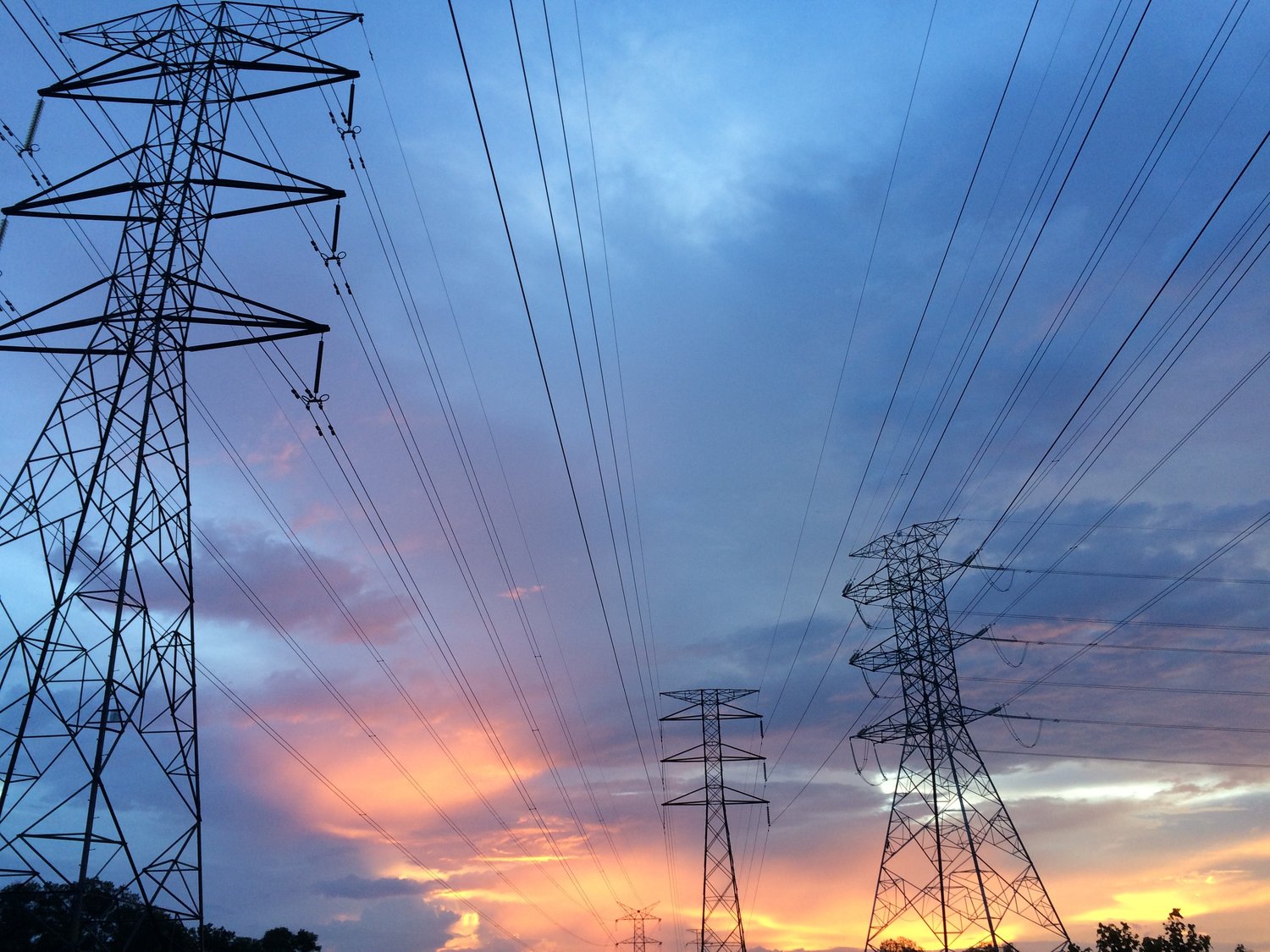
A study of the cost-recovery methods used by utilities hit by Winter Storm Uri in 2021, the storm that left Texas and Oklahoma hard hit by extreme weather, shows Oklahoma’s method of securitization hits consumers hardest of the states that suffered in the storm.
The storm was linked to more than 200 deaths in Texas as the Electric Reliability Council of Texas struggled with power outages and rolling blackouts, leaving one with the impression that Texas consumers would bear the most when it came to cost-recovery by utilities. Not so.
The study was presented last week at the winter meeting of the National Association of Regulatory Utility Commissioners held in Washington, D.C. It was entitled “Beyond Texas–Evaluating Customer Exposure to Energy Price Spikes: A Case Study of Winter Storm Uri, February 2021.”
The National Association of Regulatory Utility Commissioners is the national association representing the state public service commissioners who regulate essential utility services, including energy, telecommunications, and water.
The authors are Guy Sharman, Vice President of Market Analytics and co-founder of the firm Intelometry and Jeff Merola, Executive Vice President and co-founder of the company.
They determined the public perception has generally been “customers receive exorbitant bills due to unscrupulous retail energy companies charging excessive prices.” But the study found that very few residential customers served by competitive suppliers experienced increased energy bills due to the storm and that in the vast majority of cases, competitive suppliers absorbed the prices “thereby losing hundreds of millions of dollars.”

Surprisingly, the study concluded, “On the other hand, customers being served under a regulated utility construct (like in Oklahoma) are not protected from the storm’s financial impacts and will in fact, be paying the costs associated with the storm for many years to come.”
The authors also determined that “with few or no exceptions, utility-monopolies will experience essentially no financial consequences due to the winter storm’s fuel price shocks.”
Sitting in the audience at the NARU meeting were two Oklahoma Corporation Commissioners, Todd Hiett and Bob Anthony.
In comparing the 15 states where 67 utilities sought cost recovery, Oklahoma had the highest in one category and second highest in another. The estimated cost recovery per residential customer for electrical power was $849 in Oklahoma and the estimated cost for a natural gas customer was $1,270.
Missouri actually had the highest electrical cost per customer at $1,104 followed by Oklahoma.
The next closest cost to Oklahoma for a natural gas customer was Missouri at $594.

The Intelometry study was pointed in its criticism of how Oklahoma and some states handled the securitization.
“These utility monopolies seek not only to recoup losses at their customers’ expense, but, in at least some cases, also to charge their rate of return on the losses until they have been recovered, thereby transforming what in a competitive industry would constitute massive financial losses into a profit center,” stated the report.

The driving force behind the costs was the price of natural gas. It increased to as much as 628 times normal in the worst-affected trading hub—which was Oklahoma as pointed out by the study.
“This drove a surge in wholesale electricity prices as well, since the sector increasingly depends on natural gas to generate electricity.”
What the study found was that 12 out of the 15 states that experienced the most significant power and natural gas wholesale price spikes from the storm “do not allow power and natural gas competition at all.”
“We found no evidence that the presence of a competitive retail energy market caused the extreme wholesale energy prices related to Uri,” wrote the authors.
But the highest natural gas prices were found in Oklahoma during the storm. The study noted that the most extreme spot gas prices were at the OneOK trading point in Oklahoma which saw peak prices rise to 628 times normal and average prices to 244 times normal.
Second highest? The Houston Ship Channel in Texas with peak prices 168 times normal and average prices 81 times normal.
As a result of the storm, Oklahoma utilities “racked up some of the most significant extraordinary costs—outpacing many states including Texas in terms of the dollar amount each residential customer will be charged because of the storm,” noted the study.

Immediately following the storm, Oklahoma legislators quickly passed the February 2021 Regulated Utility Consumer Protection Act which allowed firms such as Oklahoma Gas & Electric to offer “price security” to its customers by fixing the customers cost per month with a Guaranteed Flat Bill offering.
However, the study pointed out that OG&E in its request for relief, listed “their $30 million loss from this product as part of what they want to recover from customers instead of shareholders. This is a stark contract to competitive energy supplies whose shareholders take the loss when the company loses money.”
Oklahoma Corporation Commissioners approved a securitization plan for OG&E, a case that is being considered by the state Supreme Court.
Oklahoma Attorney General John O’Connor, in the OG&E case last summer expressed his support for the securitization plan in general, but eventually did not sign a settlement agreement in the matter.
In Minnesota, the Attorney General opposed CenterPoint Energy from fully recovering its costs.
“Minnesota ratepayers should not reimburse profitable utilities for irresponsible business-as-usual decisions in the face of a well-predicted winter storm and corresponding price spike in the natural gas market,” wrote the Attorney General.
The Intelometry authors wrote in support of competitive markets, noting that the 2021 winter storm impact in Texas obviously produced the “jaw dropping headlines” such as a “$17,000 electric bill.” But in reality, they found that less than one-half of one percent of all residential customers taking service with a competitive retail supplier experienced price increases that reflected the wholesale market spikes.
Click here to view Intelometry study






